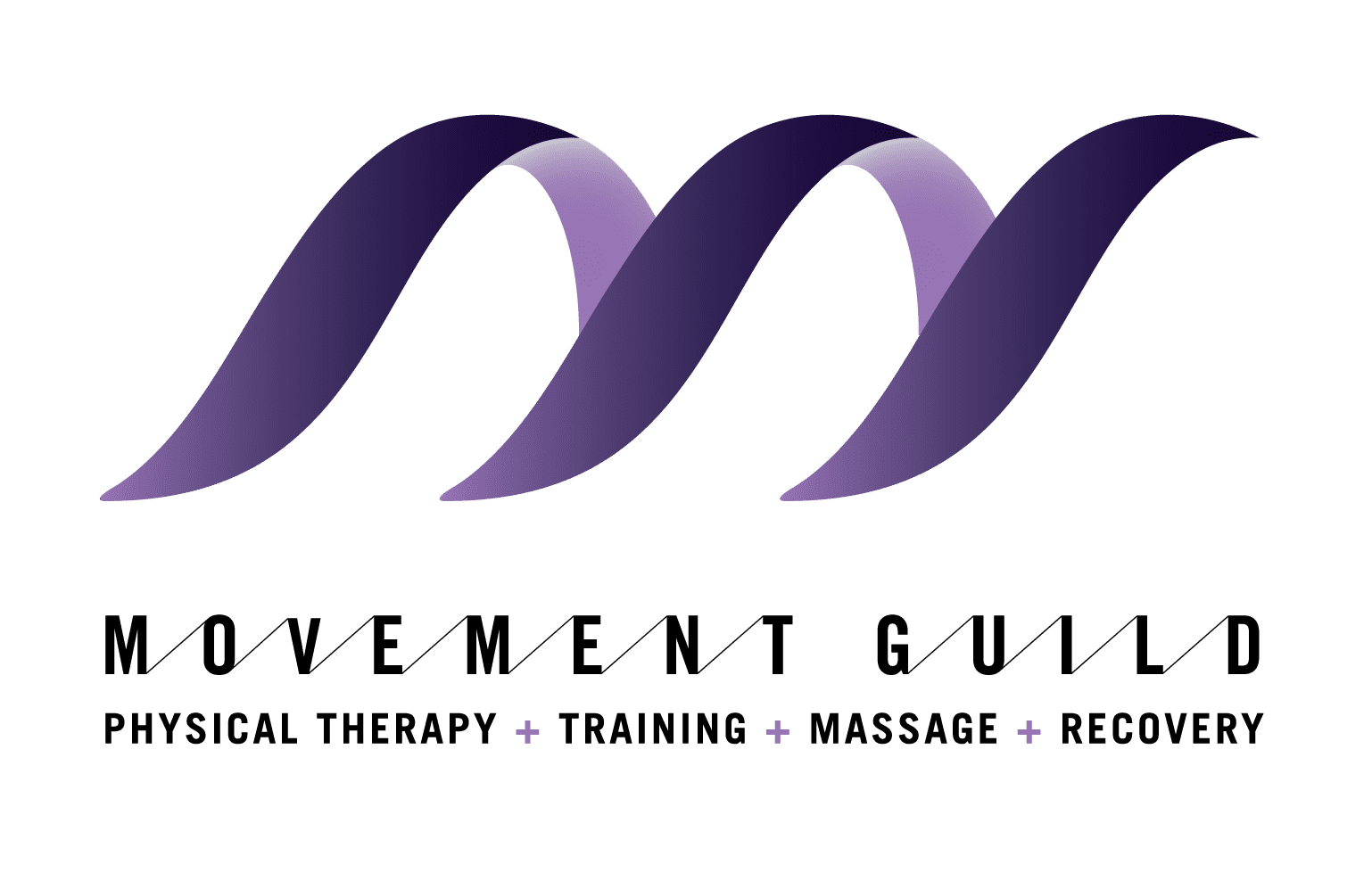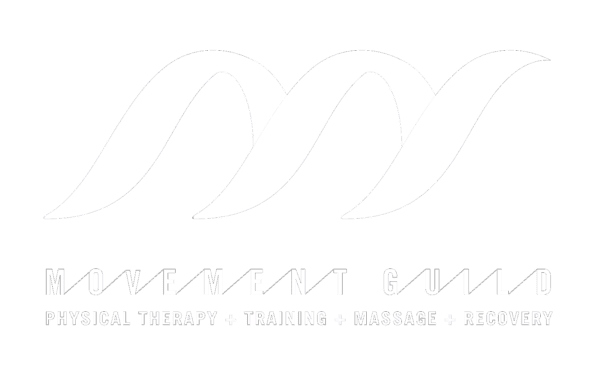Eye movement (or lack thereof) gives insight into the functionality of someone’s central nervous system. While there should be some movement when the eyes are still, too much movement can indicate a potential instability somewhere in the central nervous system.
A friend and mentor once told me that the brain is the ultimate virtual reality machine.
The brain gets information from 3 sensory systems: the proprioceptive, visual and vestibular systems.
Proprioception is defined as the awareness of the body and movement in space. When muscles are lengthened, their specialized nerve receptors are stimulated which communicates movement to the brain.
Vision is not the same as eyesight, which is the 20/20 stuff, or how far the eyes can see targets clearly. Vision is reflexive and includes factors such as how precisely the eyes track a target moving across the visual field, how fast the eyes can move from one target to another, in addition to the ability to ‘fixate’ on a target without the eyes moving.
The vestibular system tells the brain where the head is in space via its small sensory organs housed within the inner ear. Its central components, which are found in the brainstem, are crucial because it helps to regulate the ‘flight or fight system’ of the body.
The proprioceptive, vestibular and visual sensory systems all enter the brain stem before heading to the higher parts of the brain. For our purposes, the visual and vestibular systems can be thought of as one system because they’re so intertwined.
For example, if you stare at a word on this page and turn your head to the left, your eyes will move to the right side of the eye sockets. This is because of the circuitry and coordination between the vision and vestibular systems.
As you turn your head left, the neck tissue (muscles/fascia/skin) moves and stimulates nerve receptors that tell the brain there is neck movement. At the same time the inner ear organs of the vestibular system are stimulated which in turn sends a message to the brain that the head is rotating left. Because your eyes are focussed on the screen, they also will move right in the eye sockets.
Based on this information, you can postulate that when the messaging between or within these systems isn’t ‘crisp’, there is a potential for dysfunction that can affect the peripheral systems including muscles/joints. In practice, I never say dysfunction to our patients. I frame it as “you have room for improvement”.
In addition, people that get dizzy or have motion sickness often have a disconnect between the sensory systems, particularly between the vestibulo-visual systems. The brain will also get dizzy if the eyes can fixate on a target.
In cases where the eyes can’t fixate, the neck/cervical spine muscles (and muscles on one side of the body) will tighten in order to stabilize the eyes.
Due to the relationship between the vestibular system (a push-pull relationship from one side to the other) along with the vestibular system’s relationship to the neck and spine muscles, when the vestibular system isn’t functioning optimally, the reflexive connections to the muscles of the periphery, including the spine, will be altered. Often, this results in a feeling of “tightness” in the neck. All too often, I treat patients with chronic pain on one side of the body, e.g. neck and shoulder area, that have not seen an improvement in their symptoms despite many rehab attempts at other clinics. This is an instance where we say the issue isn’t in the tissue. Treating the “tight” neck muscles” will not address the underlying cause of the pain because it is central in nature. Meaning treatment must also be directed at the central nervous system.
What’s interesting is that most people that have pain have an opportunity for improvement in the way the brain takes in information. Therefore, when people experience spine pain, bilateral pain, pain/tightness in multiple regions on one side of the body, neck or shoulder pain, the role of the central sensory systems must be considered. What’s nice is that one of the easiest ways to assess central system functioning is via the eyes, which is why we’ve chosen to invest in the technology to gain specific insight into functionality of the visual system.
One of the many tools we use to assess the visual system is the right eye. This eye tracking technology allows us to quickly gather objective data that educates our treatments and provides a way for our clinicians and patients to assess how quickly they are progressing or where the rehab protocol might need to be modified.
This technology is used in specialized rehab and high level sports performance settings alike and marks one way in which The Movement Guild sets itself apart from other physical therapy clinics that rely heavily on subjective assessments.
Want to know more? Email or call us to book an assessment.
info@movementguild.com
312 489 8579

